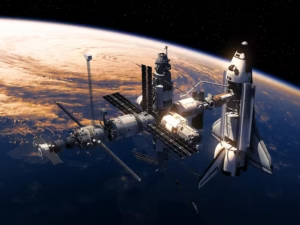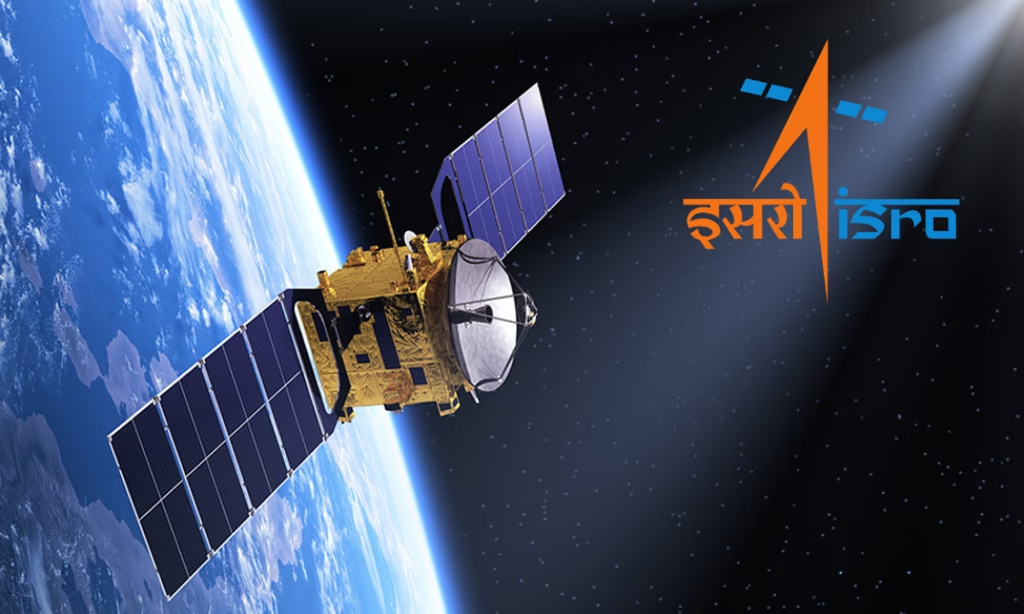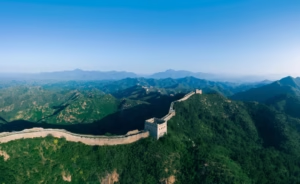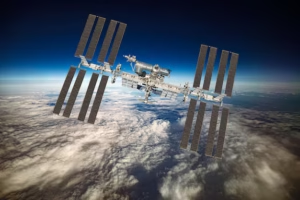Amazon Rainforest: Biodiversity Climate Cultural Heritage
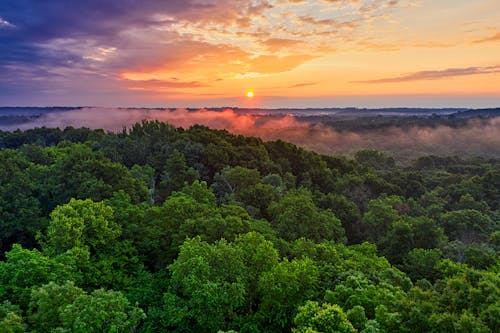
Spanning over 5.5 million km² across nine South American countries, the Amazon rainforest is a living testament to Earth’s unmatched richness in life, ecological complexity, and cultural heritag. dubbed the “lungs of the Earth,” this sprawling biome powers global systems and sustains countless life forms—our own included.
Enormous Ecological Significance
Global biodiversity sanctuary
- Species richness: Home to approximately 10 % of the world’s known species—over 40,000 plant species, 2,200 fish, 1,300 birds, 427 mammals, 428 amphibians, 378 reptiles, and millions of insects.
- Invertebrate diversity: Each hectare may host hundreds of tree species and countless insect species; per one estimate, there may be up to 50 million insect species in tropical rainforests alone .
Climate regulation
- Carbon sequestration: Amazon trees store around 86 billion tonnes of carbon—more than a third of all tropical forest carbon storage globally.
- Oxygen production: Produces roughly 20 % of the planet’s oxygen through photosynthesis.
Hydrological powerhouse
- Precipitation cycling: Generates 50–75 % of regional rainfall via transpiration and releases Amazon River volumes into the atmosphere, creating “flying rivers” that influence weather patterns as far south as Argentina and North America.
- Water cycle stability: When forest cover drops below 20–25 %, dry season lengthens and rainfall diminishes, risking ecosystem collapse.
https://sypertimes.com/uttarakhand-a-journey-through-geography-culture-nature/
Incredible Species & Ecosystems
Flora
- Remarkable variety: Estimates of 40,000–80,000 plant species, including giant water lilies, Brazil nut trees, rubber trees, and myriad medicinal plants like rosy periwinkle.
- Yasuní hotspot: This park alone harbors local world-record diversity—over 4 000 vascular plant species per 10 000 km².
Fauna
- Aquatic wonders: Over 3,000 fish species, including arapaima and iconic pink river dolphins.
- Bird richness: More than 1,300 to 1,500 bird species—including macaws, toucans, harpy eagles—with unique traits like pair bonding and advanced vocal mimicry .
- Mammals and reptiles: Jaguars, sloths, monkeys, tapirs; reptiles from anacondas to poison dart frogs; amphibians including rich diversity in Yasuní; and bats—over 117 species regionally.
Hidden treasures
- New discoveries: Scientists recently identified a massive species of anaconda weighing 500 kg and 7.5 m long—long isolated for millions of years.
- Bird declines: Even in pristine zones, climate pressures have halved bird populations since 2012—an ominous sign of stress.
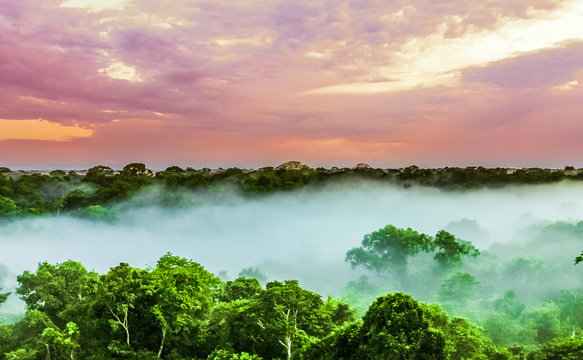
Indigenous Peoples & Cultural Stewardship
- Cultural tapestry: Over 350–400 indigenous tribes make their homes in Amazonia, each with unique languages, traditions, and ecological wisdom.
- Traditional knowledge: Tribes use sustainable agroforestry, medicinal plant expertise, and riverine subsistence—all critical for ecosystem health.
- Guardianship as conservation: Indigenous territories often show lower deforestation and biodiversity loss rates, reflecting their vital role in protecting the biome.
Critical Threats
Deforestation & fires
- Scale of loss: About 17–18 % of the Amazon has been cleared, matching the critical 20–25 % threshold that could spark a shift to savannah.
- Wildfires: 2024 was the worst year for Amazon fires since 2005—exacerbating drought and further losses.
Climate change
- Drought & heat: Rising temperatures and extreme drought are degrading forest resilience; bird mortality hikes of 63 % per 1 °C have been observed.
Illegal activity & infrastructure
- Land grabbing: Illegal logging, mining, and agricultural expansion—including fires set by organized crime—threaten remaining forest.
- Fragmentation: Roads, pipelines, dams break habitats, increasing human-wildlife conflict and habitat isolation zones.
Conservation & Restoration Efforts
Protected areas & corridors
- Mega-reserves: Protect areas like Brazil’s Grão-Pará Ecological Station (4.2 million ha)—the world’s largest protected tropical forest.
- Landscape connectivity: Biosphere corridors like Amapá ensure jaguar and genetic connectivity; Colombia recently launched protected jaguar corridors supported by WWF & UNDP.
Indigenous empowerment
- Land rights: Empowering indigenous governance through legal recognition reduces deforestation and sustains biodiversity.
- Community-led tourism: Eco-tourism programs bolster local economies while fostering conservation.
Sustainable land use
- Agroforestry: Systems blending crop production with forest cover help maintain biodiversity and soil health
- Non-timber products: Brazil nuts, açaí, rubber provide sustainable income without deforestation.
Restoration & science
- Reforestation and bioeconomies: Reforestation, agroforestry, and bio-based industries are key to economic and environmental resilience .
- Citizen science: Initiatives like Amazon freshwater monitoring enhance understanding and stewardship.
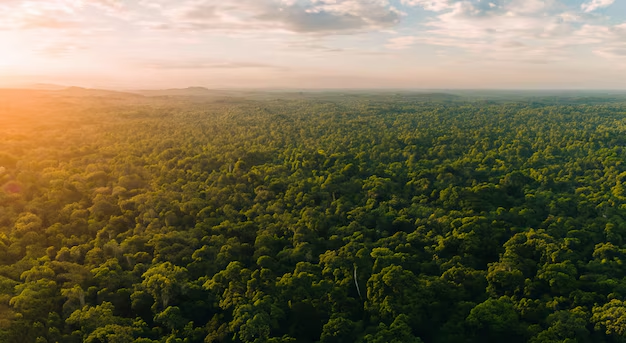
Why It Matters to You & Me
Global climate
A degraded Amazon could turn from carbon sink to a net CO₂ source, releasing up to 200 billion tonnes by 2100 and pushing global warming beyond 1.5 °C.
Biodiversity & health
Loss of biodiversity threatens medicine discovery: 25 % of all Western pharmaceuticals derive from rainforest plants, with untold tens of thousands still undiscovered.
Food security & ecosystem services
Rain forests sustain regional weather, helping global agriculture, soil health, and natural pest control—backing food availability and climate resilience.
Indigenous rights & justice
Protecting indigenous lands acknowledges culture, supports traditional ecological know-how, and ensures inclusive, equitable stewardship.
Conclusion: At the Edge of a Tipping Point
The Amazon holds the key to planetary stability—its immense biodiversity, climate buffering capacity, and cultural wealth make it an irreplaceable legacy. Yet, at around 18 % forest loss and rising fires and drought, we’re dangerously close to irreversible tipping .
Global and local action—spanning legal protection, indigenous-led conservation, sustainable economies, and climate mitigation—is crucial. Every hectare saved, every corridor connected, every community empowered contributes to a thriving Amazon and a stable Earth.
Take Action
- Support indigenous rights: Advocate for legal protection and self-governance of indigenous territories.
- Sustainable consumption: Choose products that protect forests—like ethically sourced açaí, Brazil nuts, and rubber.
- Raise awareness: Share this story and the knowledge of the Amazon’s pivotal role.
- Support conservation initiatives: Donate to reputable groups working on legal enforcement, reforestation, scientific research, and community empowerment.
The Amazon is not just a distant forest—it is a central pillar of our global home. Its fate is tightly bound to ours.
